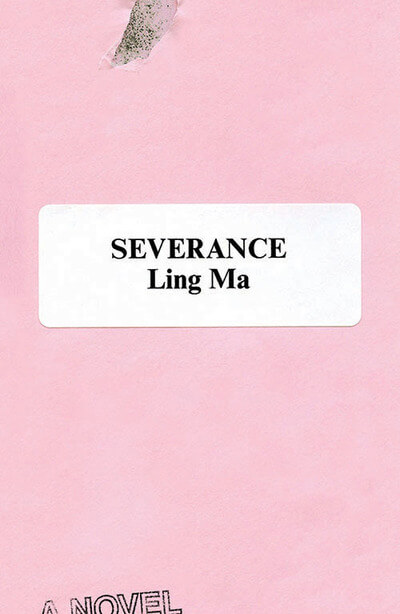In the art of the short story, every word is a nerve ending. In these four new collections of stories, words are put to their best use.
CALL TO ARMS
A foreign war buzzes constantly in the minds of the male characters in Saïd Sayrafiezadeh’s first collection, Brief Encounters with the Enemy. Each of these young men is in a desperate place, working a dead-end job and trying to shake his stagnancy. By enlisting, they hope to align themselves with society’s central focus, to be the tip of the knife, but just as the weather in these stories is always out of season (it’s hot when it should be cold, cold when it should be hot), these expectations are never met.
In the crucial, climactic “A Brief Encounter with the Enemy,” a young soldier finds his deployment to be as pointless as the jobs back home. His restlessness becomes so unbearable that he kills a man, just for something to do. War offers the illusion of choice and action, but ultimately leaves the boys without the sense of purpose they so desperately desire.
And just when it seems that an entire generation is hopeless, the collection wraps with “Victory,” the story of a janitor who discovers happiness in the smallest, most harmless of rebellions.
Sayrafiezadeh first burst onto the literary scene with his 2009 memoir, When Skateboards Will Be Free. Accelerating through the curve with characters who are colossally misguided and still likable—reminiscent of Junot Díaz’s Yunior—this is an astounding first collection.
THEY LOOK LIKE ANTS
In Bobcat and Other Stories, North Carolina writer Rebecca Lee expertly navigates the lives of characters—often academics—who are deeply and wonderfully flawed. Perception and desire—the kind of pure, single-minded desire Rilke wrote of—drive them, and they only gain control over their lives when given the opportunity to judge the lives of others. In these moments, Lee slows her pace to wade in the beauty and tragedy of it all, producing stories that are by turns languorous and unsettled.
In the subtly executed “Bobcat,” a hostess warily surveys her dinner party—wondering if one woman knows her husband is cheating on her, or if the guest who claims she was attacked by a bobcat is lying—yet never sees what is actually going on. In the bizarre “Slatland,” a creepy professor teaches a young girl how to exit her body—literally stare down upon herself—and this otherworldly trick morphs from a defensive tool to one that leaves her powerless.
Through these stories, the reader becomes a hunter, stalking the most dangerous sides of ourselves—often revealing something good underneath it all.
NEW MYTHOLOGY
The stories in Aimee Bender’s latest collection, The Color Master, are linked through a pervading sense of the writer’s experimentation. As with the works of Gabriel García Márquez, they render the phrase “fairy tale” forgettable: Bender approaches her strange tales with restrained, self-aware observation and looks upon her characters with as much wonder as the reader.
In the arresting “Mending Tigers,” two sisters travel to Malaysia, where tigers with great lacerations down their backs appear from the jungle and lie at the feet of women trained to sew them back together. In “The Color Master,” a protégé is tasked with making a dress the color of the moon. And in “The Red Ribbon,” a woman indulges in a prostitution fantasy with her husband, and afterward begins to imagine commodifying all elements of her life.
The wallop packed by each story begs for each one to be consumed individually, but though Bender’s natural prose makes for easy reading, these are not bite-sized tales. They are undeniably filling, with a wealth of imagination that transforms each one into a compact novel.
HOME IS NOWHERE
In the mind of Ethan Rutherford, there’s something ludicrous and sparkling to our existence. In his debut story collection, The Peripatetic Coffin and Other Stories, he reveals it has always been this way by exploring moments of isolation, loss and homesickness.
In “The Peripatetic Coffin,” young Confederates volunteer to man the submarine Hunley, fully aware that it is a doomed mission from the start. “The Saint Ana,” the story of a Russian ship locked in an Arctic sheet of ice, opens with a man shouting, “Who’s peeing on me?” And seemingly out of the blue comes “John, for Christmas,” the story of a couple dreading the return of their son, which unfolds with all the restraint of Raymond Carver.
Tempered by Rutherford’s humor in the face of unavoidable tragedy, these imaginative stories are vital, present and alive. Rutherford—who is also a guitarist for the band Pennyroyal—hasn’t landed on the exact story he wants to tell, as demonstrated by the fact that these tales jump from sleepaway camp legends to whaling expeditions. It would be no surprise if elements from these stories worked their way into a larger work—so pay close attention and hope for a novel both great and hilarious.




















